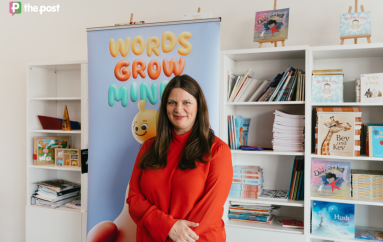Over the past eight years, I have concentrated a lot of my research efforts looking at retirement planning and adjustment.
Do an organisation’s responsibilities really begin and end at the Superannuation Guarantee?
From this research and from the Australian Bureau of Statistics, here are some things I can share that might help you to think differently about retirement and what businesses can do to help.
How and when a person exits the workforce influences how well they adjust to retirement. We found two things to be especially predictive of retirement adjustment: (1) how prepared people felt they were for retirement, and (2) how easy it was for people to make a decision to retire. You can make this easier by providing access to retirement planning workshops or including it as part of a career development process. This brings me to my next point.
Consider retirement a part of the career development process. Over the years I have met a number of people whose positions have been made redundant and who use it as an opportunity to take stock of their lives and re-position themselves in their careers. The main reason for this is they do a lot of soul searching about what they want to do, examine their strengths and weaknesses, the types of places that might have a demand for their skills and where they can best direct their efforts. This type of reflection is useful in any career development process but especially in the context of retirement because a new direction might necessitate re-training over time and developing new networks.
People set a goal to exit gradually but do not plan accordingly. According to the ABS, about 40 per cent of people have a goal to work part-time before they exit the workforce full-time. When we examine people’s planning efforts the goal does not seem to translate into action and it is the same for men and women, paid and voluntary work. In focus groups with individuals the main reason given is that people are concerned about what their employer will think. There’s a fear that when they say, “I want to investigate working part-time”, the employer will hear, “I no longer want to work here” – although often the opposite is true. What’s needed are opportunities to discuss possibilities and to widely advertise those people “living the dream”.
Many people will cycle in and out of retirement. The last Multi-Purpose Household survey collected data across successive waves who reported being retired in our survey and then back out looking for work when the next the survey was conducted. There were 185,400 people in that category. The main reasons that people reported returning to work were financial and boredom. People simply got it wrong and retired too soon. Helping people to make the right decision about timing while they are still at work makes sense because it is much harder to find these opportunities later.
Caring for employees makes good business sense. Creating an environment of trust and crafting a culture of whole-person growth is good for business. Treating employees as people first and being concerned about their welfare will help to increase productivity and collaboration. Building retirement planning into workplaces based on a holistic model covering finances, health, social needs, cognition, emotions and motivation will help to ensure adequate resources in retirement and promote better adjustment. Besides, when it’s your turn wouldn’t you like to think you’ll be treated with the same dignity and respect?
Dr Joanne Earl is Associate Professor in Human Resources Management and Organisational Behaviour at Flinders Business School.






